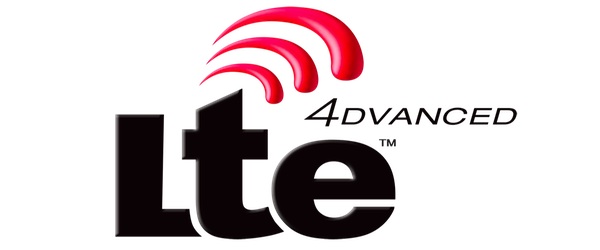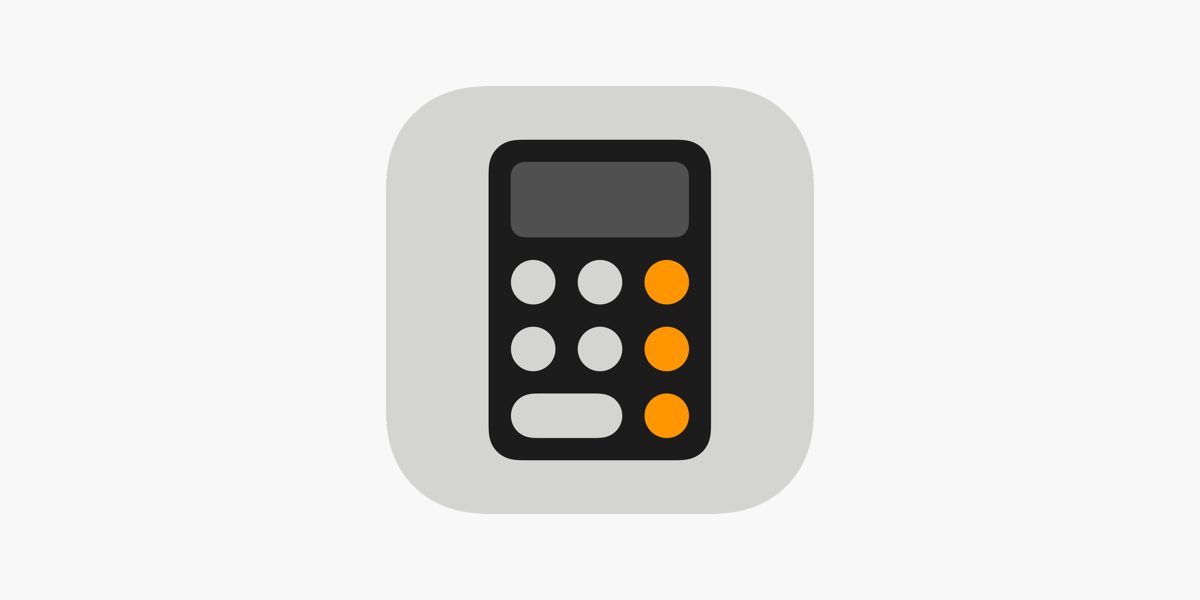
Speculation iPhone 5S to Support LTE-Advanced Surfaces Again
A surprise announcement from Deutsche Telecom today (via Macerkopf, 9to5Mac)) fuels speculation about the iPhone 5S being compatible with LTE-Advanced networks. The biggest German player announced today the launch of its LTE+ or LTE-Advanced networks, which allow theoretical speeds up to 150 Mbps, with the network going live in 100 cities.

The announcement comes just a few days before the September 10 event, when Apple is widely expected to introduce two new iPhone models, the iPhone 5S and 5C, the lower-cost version.
As the press release notes, the first handset to support Deutsche Telecom’s LTE-A network will be the Samsung Galaxy S4, but what spilled fuel on the fire is the other devices that will come “at the end of September”. This could easily be the iPhone 5S.
Samsung will be offering an upgrade of its Galaxy S4 with LTE+. Comparable devices from other vendors will follow at the end of September. Deutsche Telekom’s latest data products, including Speedstick LTE III, Speedbox LTE II and Speedbox LTE mini, will also support LTE+ in September, following a software update.
We reported a couple months ago that Korean SK Telecom was the first to release an LTE-Advanced network, but back then support for this type of network seemed to be unlikely, because of its rarity.
Since then, other countries have joined the line, and recent ABI Research study has found there could be about 500 million LTE-Advanced subscriptions by the end of 2018.
North America will be the most aggressive LTE-A market, followed by Asia-Pacific and Western Europe. ABI Research predicts North America will commercially launch LTE-A by the end of 2013 and mobile subscriptions will approach 220 million by 2018, contributing 44% of the global LTE-A market. In Asia-Pacific, the LTE-A subscriptions will notch up 159 million by 2018, while in Western Europe, it should reach 55 million.
Rogers already runs a network branded as LTE Max, which refers to network deployment of dual frequency 2600 and 2100 MHz bands, deployment of 2x20MHz spectrum blocks, allowing maximum download speeds up to 150 Mbps.
Apple was somewhat conservative in adopting new wireless technologies before their widespread adoption, so it remains to be seen whether the company will add support to the forthcoming iPhone 5S. We’ll find out in just a couple days.

